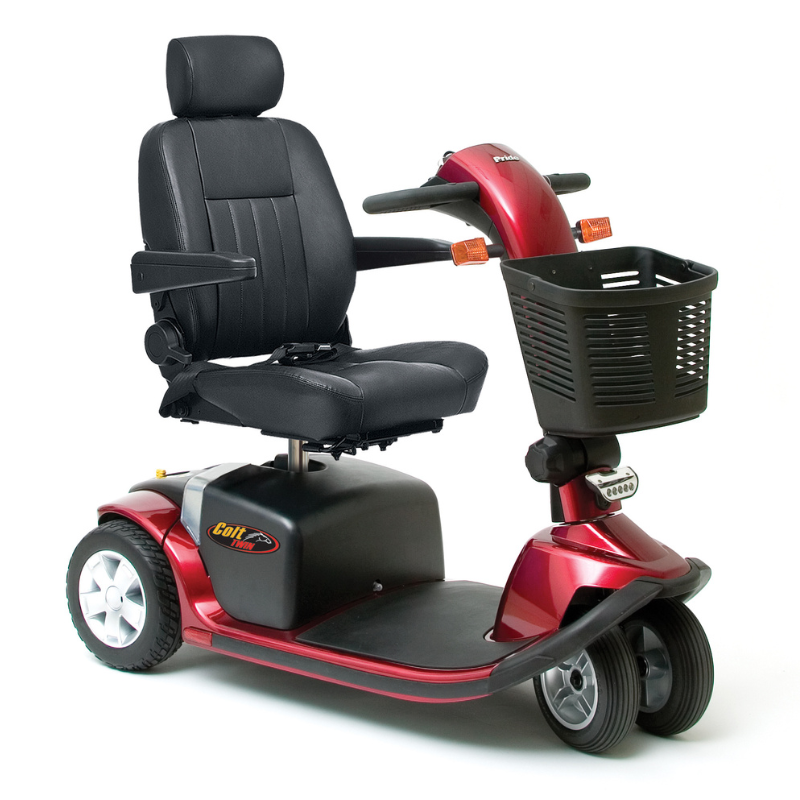As the global population ages, the desire to age in place—remaining in one’s own home and community rather than moving to a retirement or long-term care facility—has become increasingly prevalent. Aging in place allows seniors to maintain their independence, comfort, and sense of identity. To successfully age in place, it is essential to implement strategies that ensure safety, accessibility, and social engagement.
Home Modifications for Safety and Accessibility
One of the most critical aspects of aging in place is ensuring that the home environment is safe and accessible. This can involve a variety of modifications tailored to the individual’s needs. Installing grab bars in bathrooms, non-slip flooring, and handrails on staircases can prevent falls, which are a significant risk for seniors. Additionally, widening doorways and hallways can accommodate wheelchairs and walkers, making mobility within the home easier. Explore how Power Chairs can enhance your ability to age in place and maintain independence at home.
Lighting is another crucial factor; increasing the brightness and ensuring even distribution of light can help those with visual impairments. Lever-style door handles and faucets, as well as raised electrical outlets, can also make daily tasks less challenging for individuals with reduced dexterity.
Leveraging Technology for Independence
Technological advancements have significantly enhanced the ability of seniors to live independently. Smart home devices, such as voice-activated assistants, can help with daily tasks like setting reminders for medications, controlling lighting, and managing home security systems. Wearable technology, such as medical alert systems, can provide peace of mind by ensuring that help is available at the push of a button in case of an emergency.
Additionally, telehealth services enable seniors to consult with healthcare providers without leaving their homes, making it easier to manage chronic conditions and stay on top of regular check-ups. Automated medication dispensers and health monitoring devices can further support independence by ensuring that medications are taken correctly and health metrics are consistently tracked.
Maintaining Social Connections
Social isolation can have severe consequences for the mental and physical health of seniors. Maintaining social connections is, therefore, a key component of aging in place. Regular interaction with family, friends, and community members can be facilitated through both traditional means and modern technology.
Community centers and senior groups offer a variety of activities that encourage socialization and engagement. Additionally, technology such as video calling and social media platforms can help seniors stay connected with loved ones, even if they are physically distant.
Volunteering, joining clubs, and participating in community events are also excellent ways for seniors to stay active and engaged, fostering a sense of purpose and belonging.
Financial Planning and Resources
Aging in place can be financially demanding, so careful financial planning is essential. This includes budgeting for home modifications, healthcare costs, and potential in-home care services. Exploring available resources and benefits, such as government programs, non-profit organizations, and local community services, can help offset some of these expenses.
Long-term care insurance and reverse mortgages are financial tools that can provide additional funds for those who qualify. Consulting with a financial advisor can help create a comprehensive plan that ensures sufficient resources are available to support aging in place.
Conclusion
Aging in place is a desirable goal for many seniors, allowing them to maintain their independence, comfort, and quality of life. By making necessary home modifications, leveraging technology, staying socially connected, and planning financially, seniors can create a safe and supportive environment that meets their needs. As the population continues to age, these strategies will become increasingly important in helping individuals live out their golden years in the comfort of their own homes.
FAQs
· What are the key home modifications to consider for aging in place?
Home modifications for aging in place focus on enhancing safety and accessibility. These include installing grab bars in bathrooms, non-slip flooring, and handrails on staircases to prevent falls. Widening doorways and hallways can accommodate mobility aids like wheelchairs and walkers. Additionally, improving lighting, using lever-style door handles and faucets, and raising electrical outlets can make daily tasks easier for seniors with limited dexterity.
· How can technology assist seniors in maintaining independence at home?
Technology plays a vital role in supporting seniors’ independence. Smart home devices, such as voice-activated assistants, can help with daily tasks like setting reminders, controlling lights, and managing home security. Wearable medical alert systems provide immediate assistance in emergencies. Telehealth services allow seniors to consult healthcare providers from home, while automated medication dispensers and health monitoring devices ensure proper medication management and health tracking.
· What strategies can help prevent social isolation among seniors aging in place?
Preventing social isolation involves maintaining regular social interactions and engaging in community activities. Seniors can stay connected with family and friends through video calls and social media platforms. Participating in community centers, senior groups, volunteering, and joining clubs can provide opportunities for socialization. Engaging in these activities fosters a sense of purpose and belonging, which is crucial for mental and physical well-being.
· How can seniors financially plan for aging in place?
Financial planning for aging in place includes budgeting for home modifications, healthcare expenses, and potential in-home care services. Seniors should explore available resources such as government programs, non-profit organizations, and local community services to help cover costs. Long-term care insurance and reverse mortgages are financial tools that can provide additional funds. Consulting a financial advisor can help create a comprehensive plan to ensure sufficient resources are available.
· What resources are available to help seniors age in place?
Several resources can support seniors in aging in place. Government programs like Medicare and Medicaid may offer financial assistance for healthcare and home modifications. Non-profit organizations and local community services provide various forms of support, including meal delivery, transportation, and in-home care services. Additionally, senior centers and community groups often offer social activities and resources to help seniors stay engaged and connected.





